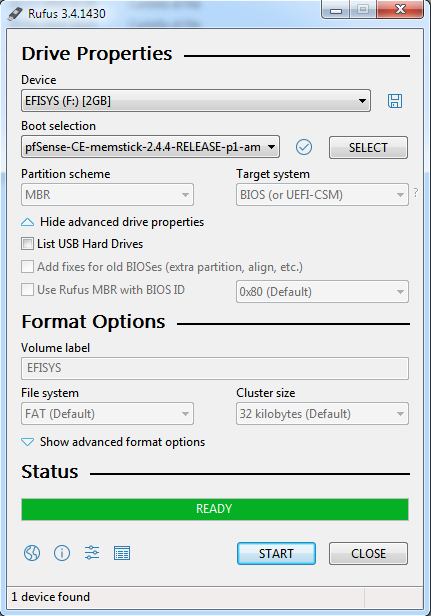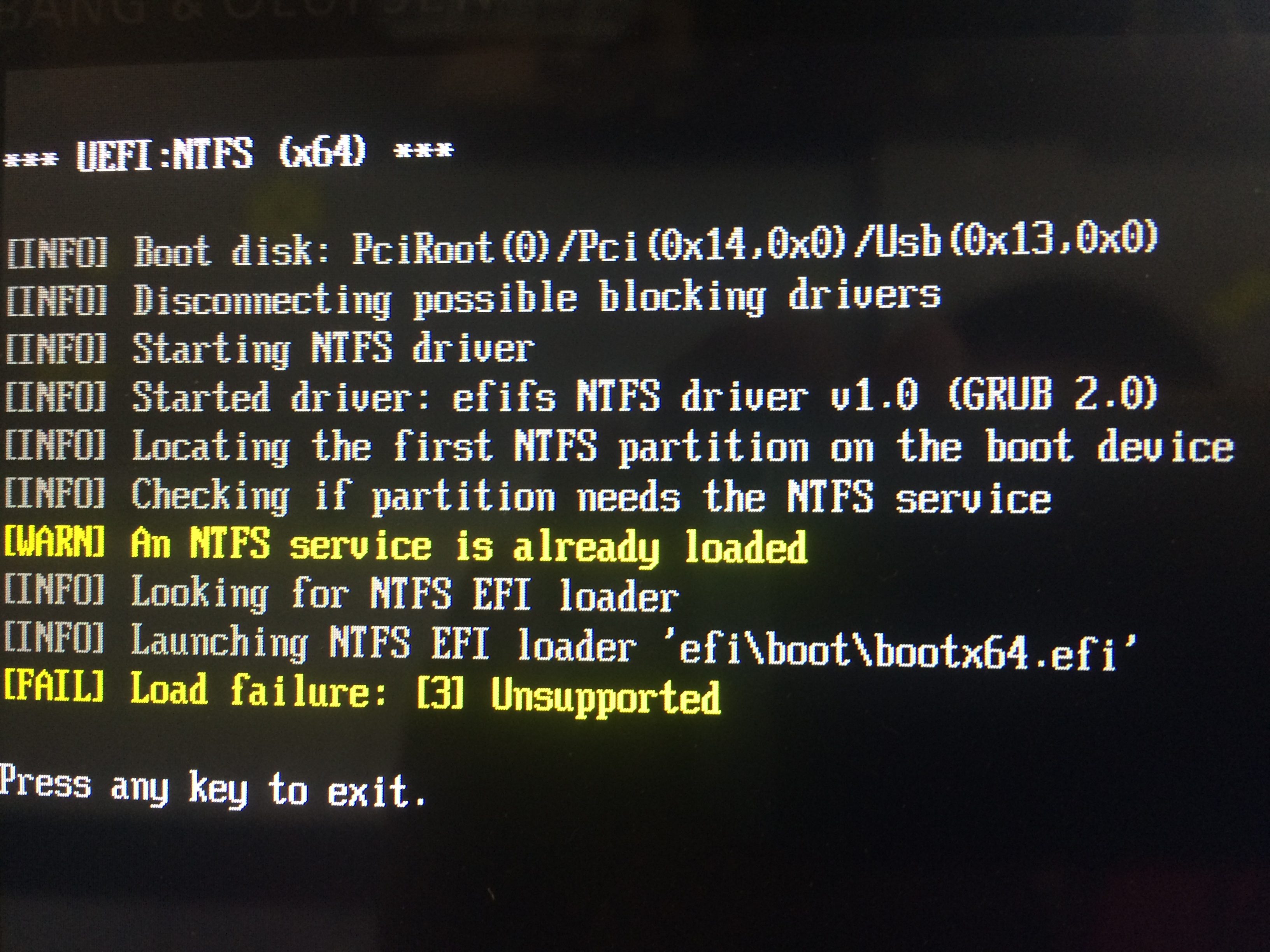

- #Rufus iso image scan failure install#
- #Rufus iso image scan failure update#
- #Rufus iso image scan failure windows 10#
- #Rufus iso image scan failure android#
- #Rufus iso image scan failure Pc#
After creating a Windows virtual machine from the ISO, one could download and execute the MediaCreationTool1809 application in the virtual machine to create a USB Windows installer.

#Rufus iso image scan failure install#
I suppose one could install a free copy of VirtualBox, then download the ISO. Since the MediaCreationTool1809 application requires Windows to execute, you can not use this method if you are running macOS. The second method requires the download of a MediaCreationTool1809 application which then downloads Windows and installs to a FAT32 formatted USB flash drive. The first is a simple download of an ISO file. Microsoft offers two different methods of downloading Windows. This was so complicated for some reason and took me many hours to figure out. If it says operating system not found, this worked for me.
#Rufus iso image scan failure Pc#
(Once that finished, I deleted the old wimaa and wimab files) del install.wimaaĪfter this I followed the rest of the guide, applied the image, add boot records (The disk volumes for me were different than what the guide should have given me, but that might have been a mistake on my part) and booted my pc back up after removing the USB. Navigated to that volume, went to the sources folder and typed the commands: type install.wimaa install.wimab > install.wim
#Rufus iso image scan failure windows 10#
So I go to the command prompt and follow the guide and type out the diskpart commands it says (I followed MBR).Īfter that, I copied the contents of the USB drive to the Windows 10 volume that I created from the guide (I think I used xcopy, but there's other commands for it). This time, when I booted from the USB, I get the Windows boot media, but it obviously cannot find install.wim. I then moved all the ISO files to the FAT32 USB, but with the new install.wim files. This creates install.wimaa and install.wimab. split -b 3700m /Volumes/CCCOMA_X64FRE_EN-GB_DV9/sources/install.wim install.wim I used split terminal command to split the install.wim file. I found this amazing guide for it ( ), but it was for Windows so I had to adapt it. Here is how I did it for anyone else who has this problem. So, I needed to use FAT32 for my BIOS to accept it, but both the April 2018 and October 2018 updates had an install.wim file that was over 4 GB (I downloaded the English international version for both, maybe other versions are different?). I've tried running in legacy mode, secure boot is disabled.ĭoes anyone have any alternatives I could use?Īlso I tried plugging the usb (formatted exFAT in to my mac and it seems to recognize it in the boot menu, so I'm starting to think it's something with my motherboard/bios settings). What happens is that once I boot up the PC, change the boot order and then select the drive, it just goes back to some VMware kernel OS that was still on it when I got the PC.
#Rufus iso image scan failure update#
Without Boot Camp, I tried using dd and that didn't work and just reformatting the USB drive to exFAT (FAT32 didn't seem to work, because the October 2018 update has a file over 4 GB, meanwhile I'm downloading April 2018). It right away asked for the ISO and started downloading Windows support software, took forever, and then said there wasn't enough space on the partition (there was). Other names may be trademarks of their respective owners.My Boot Camp assistant seems to be having problems (first I get not enough space, 40 GB, etc.) which I fixed by making a partition using Disk Utility, but then I didn't get an option that others seem to get to Create a usb bootable drive for windows 7 or later.
#Rufus iso image scan failure android#
The Android robot is reproduced or modified from work created and shared by Google and used according to terms described in the Creative Commons 3.0 Attribution License. Microsoft and the Window logo are trademarks of Microsoft Corporation in the U.S. Alexa and all related logos are trademarks of, Inc.

App Store is a service mark of Apple Inc. Mac, iPhone, iPad, Apple and the Apple logo are trademarks of Apple Inc., registered in the U.S. Android, Google Chrome, Google Play and the Google Play logo are trademarks of Google, LLC. Firefox is a trademark of Mozilla Foundation. or its affiliates in the United States and other countries. NortonLifeLock, the NortonLifeLock Logo, the Checkmark Logo, Norton, LifeLock, and the LockMan Logo are trademarks or registered trademarks of NortonLifeLock Inc. LifeLock identity theft protection is not available in all countries. The Norton and LifeLock Brands are part of NortonLifeLock Inc.


 0 kommentar(er)
0 kommentar(er)
